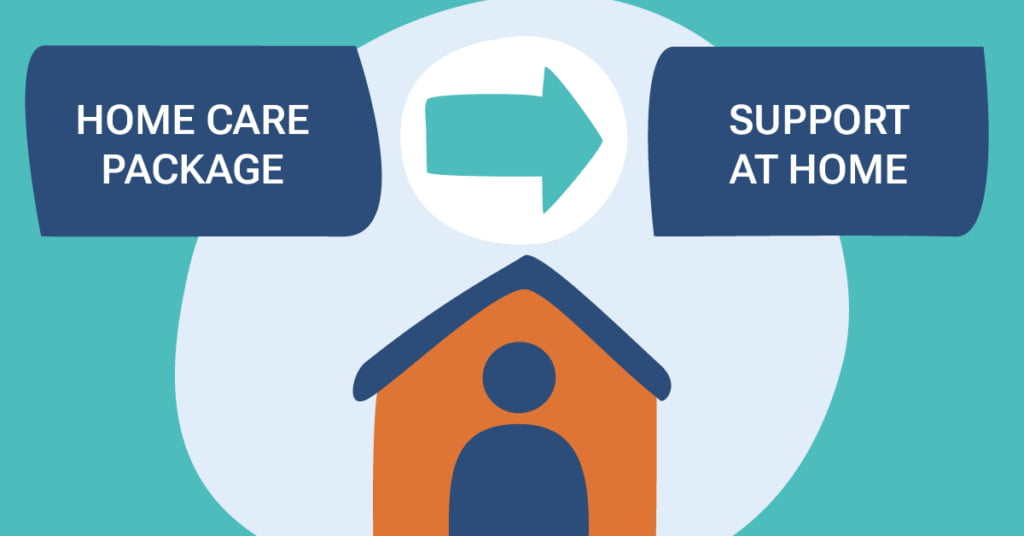
With Australia’s aged care sector set to undergo significant changes, providers must adapt to stay compliant, efficient, and competitive. The upcoming Support at Home program, expected to consolidate aged care services by 2025, will bring new compliance standards, funding structures, and digital reporting requirements. To navigate these changes successfully, providers must embrace digital tools and streamline operations to meet regulatory demands and enhance the quality of care.
Here’s what aged care providers need to do to prepare for this transformation and ensure a smooth transition for their teams and clients.
1. Adopt a Client-Centric CRM System
A robust Customer Relationship Management (CRM) system is essential for tracking client interactions, managing care plans, and ensuring personalized care. CRMs can help providers manage a client’s journey from initial inquiry to ongoing care delivery. With integrated tools for document management, appointment scheduling, and client communication, CRMs support a seamless experience across all touchpoints.
Moreover, the upcoming Support at Home program requires providers to report on service delivery with specific data, such as My Aged Care IDs and service-level tracking. A CRM centralizes this information, making compliance simpler and more accurate.
2. Embrace Automation to Streamline Operations
Administrative tasks can take up valuable time and resources, especially when managing high volumes of data. Automation helps providers streamline processes such as:
- Appointment scheduling
- Client intake and onboarding
- Task assignments for care teams
Automated workflows reduce the risk of human error, ensure compliance, and allow staff to focus on client care rather than repetitive tasks. For example, automated reminders for upcoming visits or required assessments can improve service consistency and reduce missed appointments.
3. Enhance Client Communication Channels
Keeping clients and families informed is critical in aged care. Tools that support email, SMS, and website chat allow providers to maintain open lines of communication, offering quick updates and timely responses. Automated communication for appointment confirmations, care plan updates, or even wellness tips can significantly improve client engagement and satisfaction.
In addition, tools like client portals empower clients and families to access care plans, communicate with their care team, and stay updated on services, making for a more transparent and collaborative care experience.
4. Transition Away from “Digital Debt” to Real-Time Reporting
“Digital debt” refers to outdated methods of data management, such as spreadsheets and manual tracking. With the new Data Exchange (DEX) reporting standards, aged care providers will need to track detailed service data, including social engagement time, volunteer participation, and cancellations.
Investing in real-time data management systems helps providers transition from digital debt to modern, efficient systems. By capturing data as it happens, providers can generate reports automatically, ensure compliance, and offer insights into service trends that improve strategic decision-making.
5. Integrate Financial and Billing Systems
The new Support at Home program will introduce individualized funding and budgeting models, requiring providers to carefully track each client’s funding allocations, service usage, and contributions. Integrated finance and billing systems can simplify this by automating invoicing, tracking payments, and providing clear financial records for both clients and providers.
This not only ensures transparency but also helps aged care providers maintain financial health by accurately capturing all billable services and client contributions.
6. Implement Feedback and Survey Tools
Aged care reforms emphasize client-centered care, which makes feedback mechanisms essential. Survey tools allow providers to gather insights from clients and families on service quality, helping providers continuously improve their offerings. Regular feedback collection is not just a compliance measure—it also builds trust with clients and shows a commitment to quality improvement.
7. Boost Team Collaboration and Communication
In the context of aged care, team collaboration is critical to delivering consistent, high-quality care. Digital collaboration tools enable staff to communicate efficiently, share client updates, and coordinate care seamlessly. Internal messaging systems, task boards, and shared documentation keep all team members aligned, ensuring that everyone is informed about each client’s care needs.
This is particularly important as more aged care providers consolidate, making it crucial to maintain clear and open communication across growing teams.
8. Prepare for Future-Readiness with Analytics and Reporting
As regulatory requirements grow, aged care providers must be proactive in their data reporting capabilities. Analytics tools provide valuable insights into service demand, resource allocation, and client outcomes. These insights can help providers adjust their operations to align with evolving needs and standards, while also demonstrating performance improvements to stakeholders and regulatory bodies.
Data-driven insights also support strategic planning, helping providers identify areas for growth, potential service expansions, or adjustments in resource allocation.
Key Takeaway
The shift toward the Support at Home program and the broader aged care reforms represent an opportunity for providers to modernize, improve efficiency, and enhance client care. By embracing digital tools—from CRMs and automation to real-time data tracking and analytics—aged care providers can not only meet regulatory requirements but also position themselves as leaders in a rapidly changing sector.
The time to start this digital transformation is now, ensuring that both providers and clients can benefit from a more streamlined, transparent, and effective aged care system. Investing in the right tools today will not only make the upcoming transition smoother but also pave the way for long-term success in the future of aged care.

